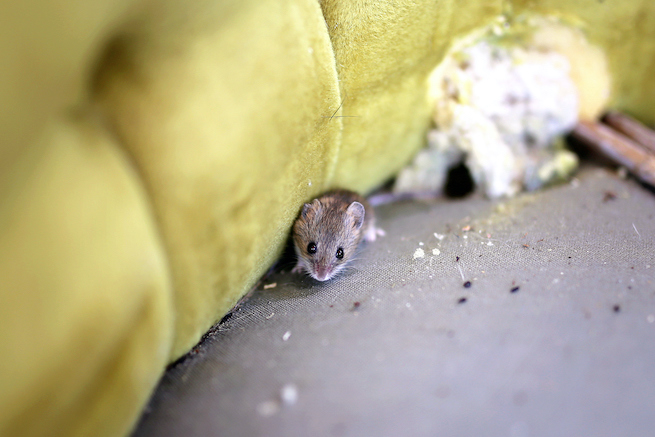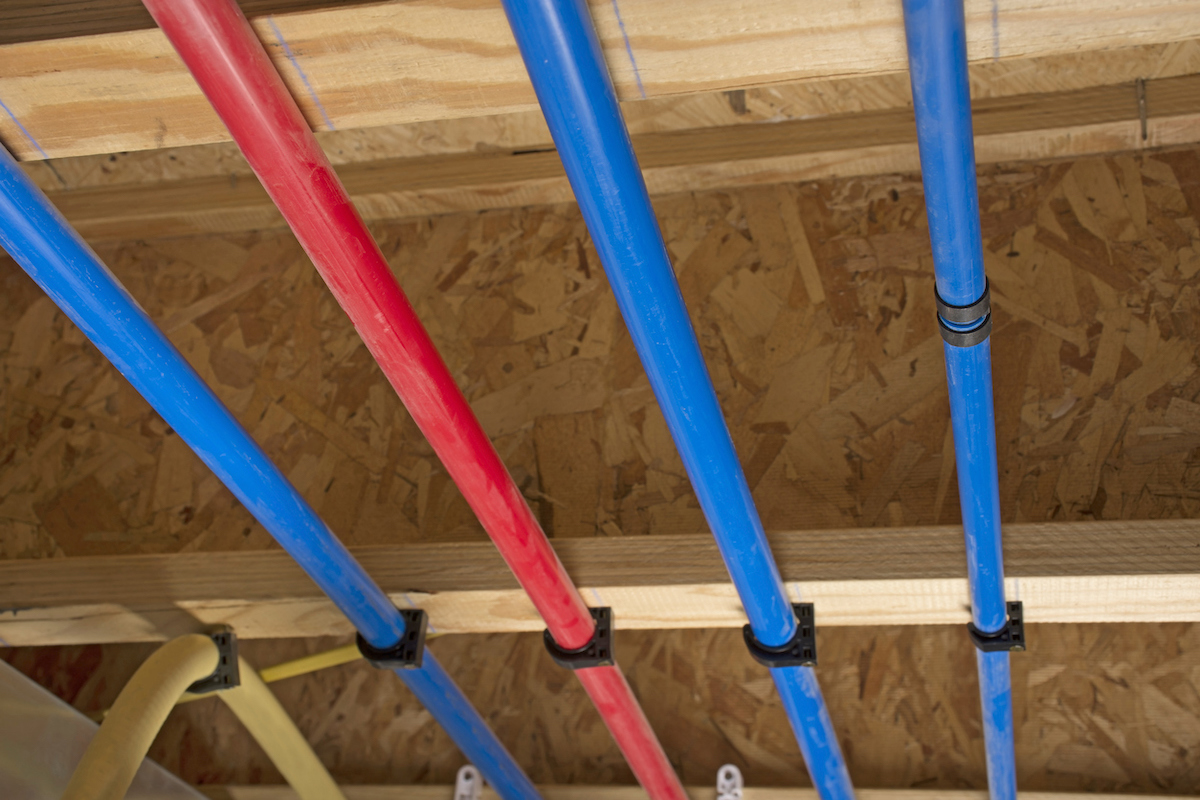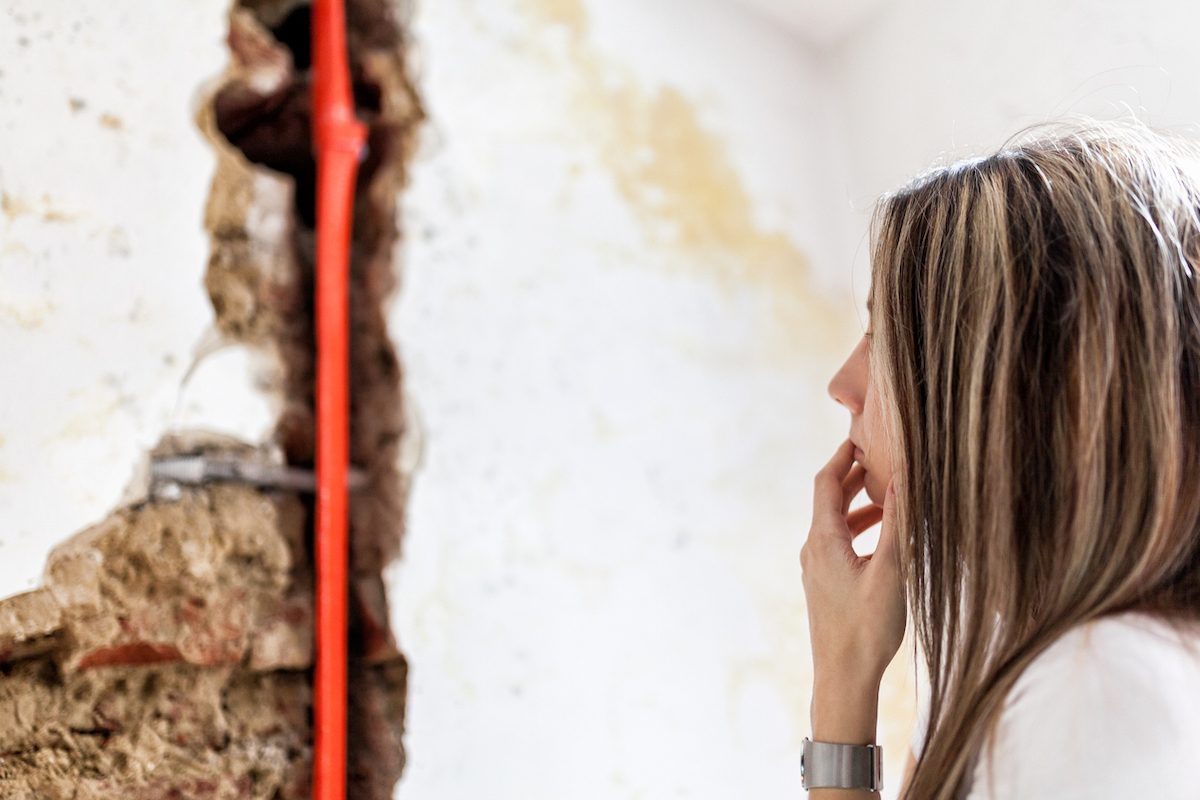We may earn revenue from the products available on this page and participate in affiliate programs. Learn More ›
For both new construction and remodeling projects, installing a cross-linked polyethylene (PEX) water-supply system is attractive to builders and homeowners alike. Deciding factors for choosing between the two most common water-supply materials, PEX and copper, include ease of installation and cost. Installing PEX can save as much as 60 percent on project costs, and, unlike copper, PEX tubing is flexible and can be fished through existing wall spaces, reducing the scope of a retrofit project.
While PEX comes with convincing reasons for choosing it over copper, it also comes with a hidden downside: Rodents seem to find the plastic-based tubing irresistible. Keep reading to find out why this is a problem, and what you should do to prevent damage to a PEX water-supply system.
The Problem With Pex Tubing
Mice and rats will chew through anything they can, including plastic, so PEX tubing is at just as much risk as the plastic-coated wiring in a car or an HVAC unit. While all rodent damage can be expensive, if rodents chew through a home’s PEX water pipes, the result can be disastrous. Water and building materials do not mix, and the pressure inherent in water-supply lines can quickly flood a large area of the home, leading to costly repairs.

RELATED: 30 Things in Your Home That are Attracting Bugs and Rodents
Rodent Risk Factors
Despite a homeowner’s best-laid plans, most homes will house a mouse or two at some point in time, but the problem is usually resolved quickly by setting mouse traps. Some homes are more likely to attract rodents, including rural properties where field mice can easily migrate, or inner cities where an abundance of food trash, neighborhood clutter, and dilapidated housing increase the risk of a mouse or rat infestation.
While pest experts don’t know whether rodents chew through PEX to get to the water inside or simply because it’s there, PEX and rodents can be a dangerous combination. Local building codes in some communities may not permit the installation of PEX if rodent infestations are common.
How to Save Your Pex Plumbing
For homeowners who have PEX water-supply lines, signs of rodents, such as droppings, chewed paper or wood, or other shredded items, signal a need to take action before damage to the water supply system can occur.
Small occasional infestations can often be eliminated by setting traps or putting out rodent poison, but if you’re unsure or uncomfortable about taking those steps, call an exterminator right away. The sooner the rodent problem is gone, the sooner you can rest easier knowing your home’s plumbing system isn’t at risk.
RELATED: 8 Pest Control Myths You Shouldn’t Believe

Rodent Control Around the Home
Mice and rats can squeeze through unbelievably small gaps to enter a home, so the first step is to inspect the home’s outside perimeter and seal all holes and gaps around vent pipes with a rodent-proof sealant, such as Tomcat Rodent Block. Inside the basement or crawl space, locate the sewer line and seal around it, and seal any other openings in the space.
Other preventative steps include keeping the yard, especially the area next to the house, free from clutter where rodents can build nests. Store garbage in cans with tops that fit tightly. Inside the home, fix leaky pipes and don’t leave food out after meals. Keep an eye out for indications of rodents and eliminate them at the first sign by hiring one of the best pest control companies, such as Orkin or Terminix.


